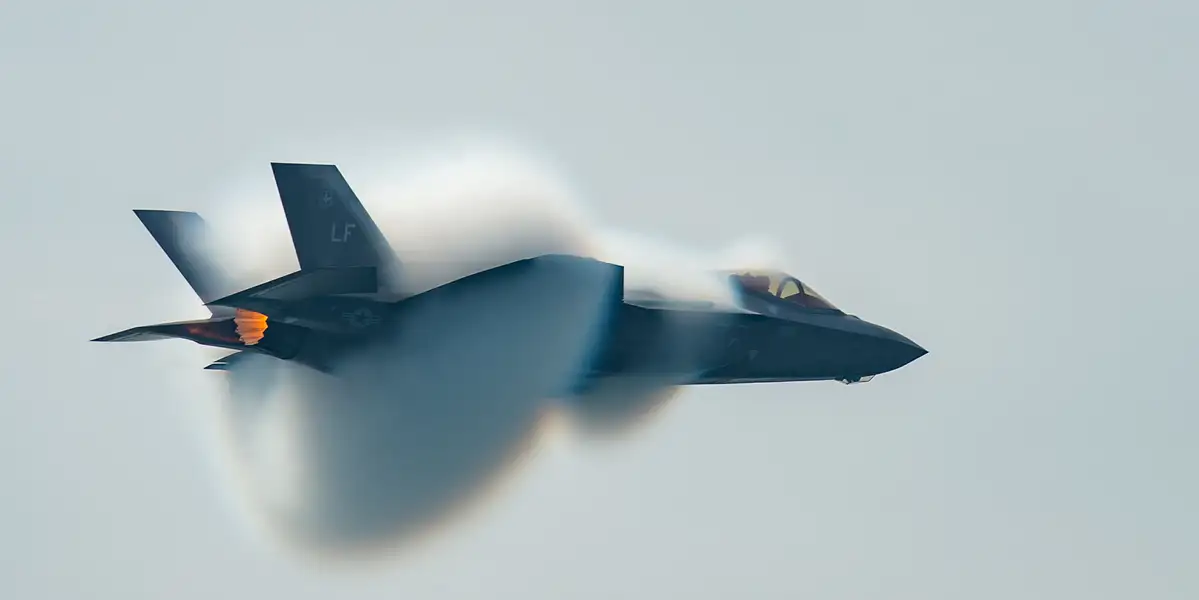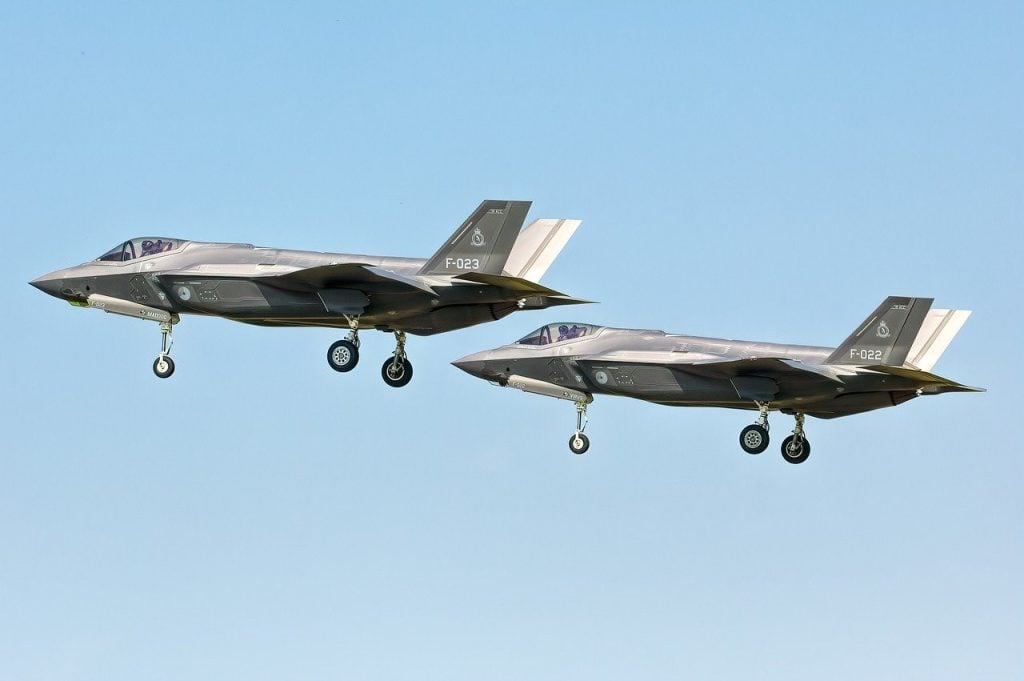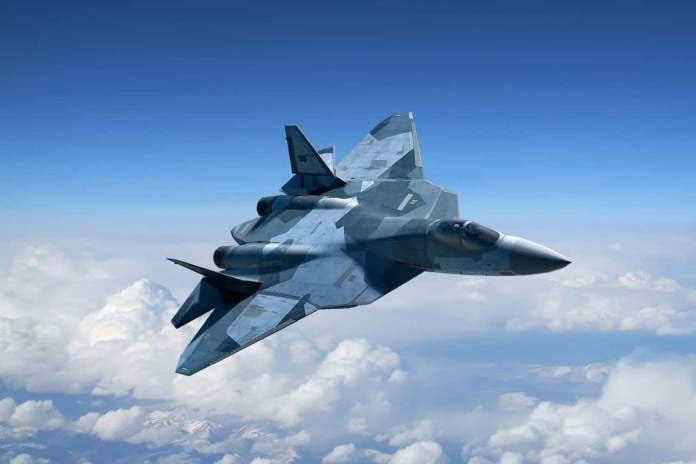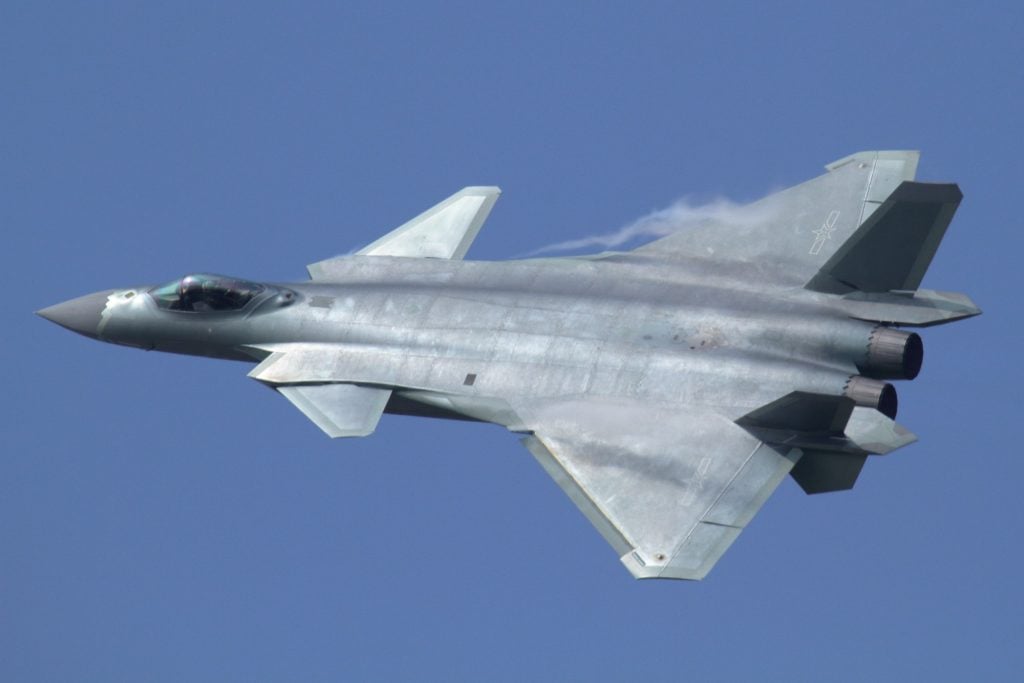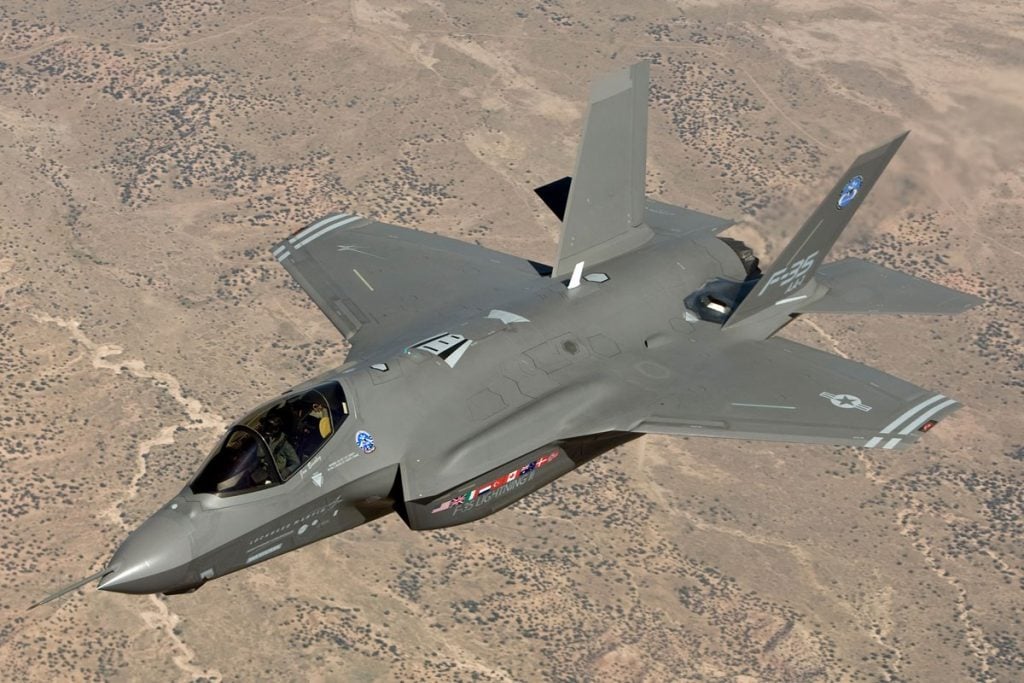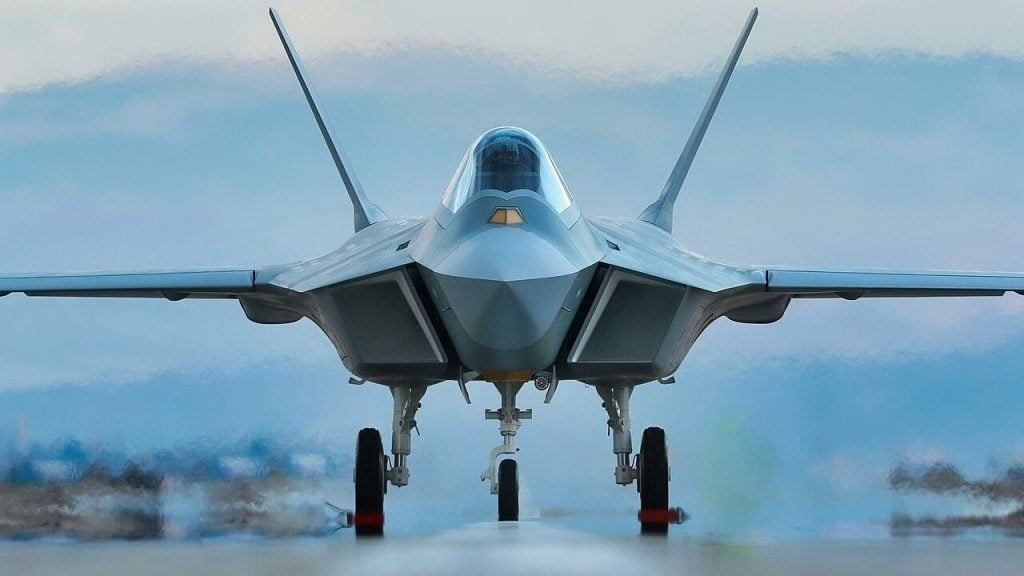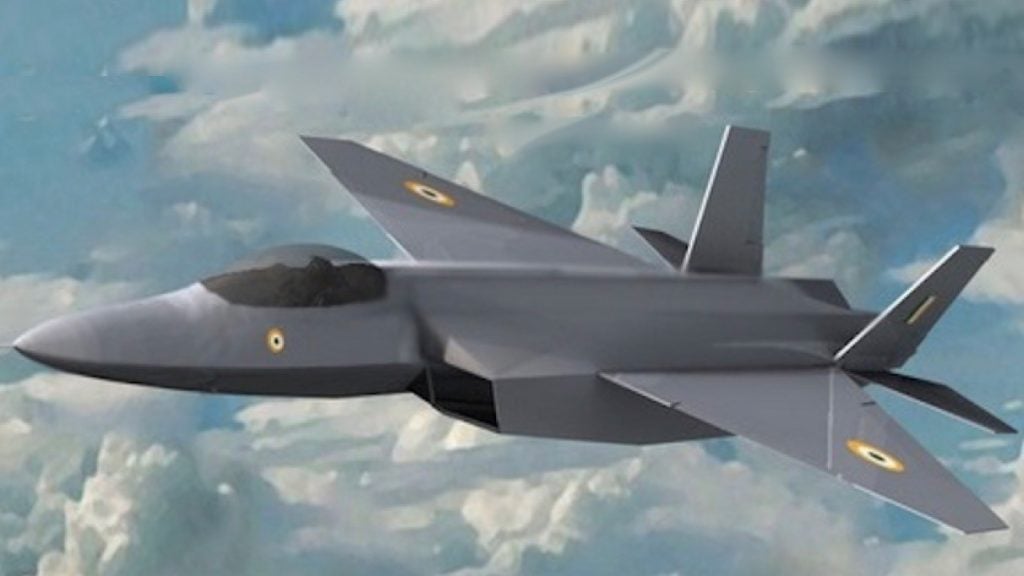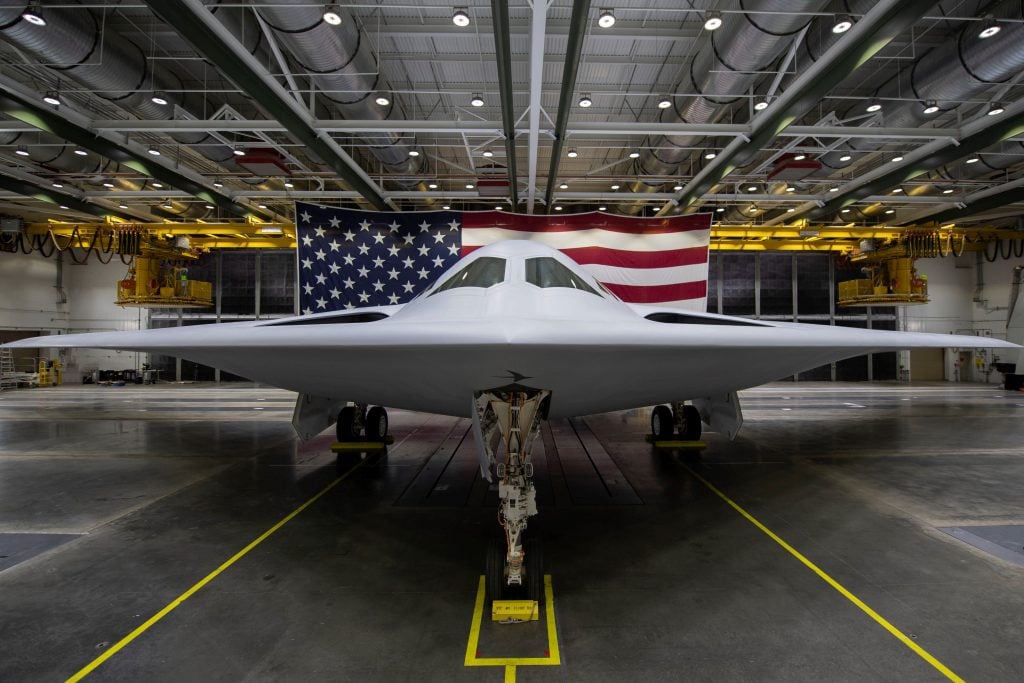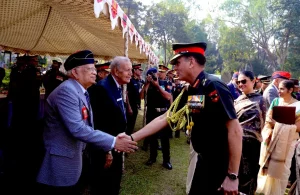In the high-stakes world of modern warfare, air superiority remains a critical factor in achieving strategic dominance. As nations strive to gain the upper hand, the development and deployment of cutting-edge stealth aircraft have become a top priority. These stealthy marvels, equipped with advanced technologies to evade detection, have become the prized possessions of the world’s leading military powers.
From the lightning-fast F-35 Lightning II to the enigmatic Mikoyan MiG-41, the global landscape of stealth aircraft is rapidly evolving, with each new generation pushing the boundaries of what was once thought possible. As geopolitical tensions continue to simmer, the race to field the most formidable stealth fighters has intensified, with nations vying to gain the upper hand in the skies.
In this comprehensive article, we delve into the 6 Best Stealth Aircraft in the World 2024, exploring their capabilities, development, and the countries that have mastered this cutting-edge technology. Join us as we uncover the secrets of these stealthy aerial dominators and their impact on the global military landscape.
Top 11 Safest Cars Used by World Leaders
The Dawn of Stealth Technology
The origins of modern stealth technology can be traced back to the 1970s, when pioneering researchers began exploring ways to make aircraft less detectable to radar, infrared, and other sensing systems. This revolutionary approach aimed to reduce the aircraft’s radar cross-section, minimize its thermal and electromagnetic signatures, and enhance its ability to operate undetected.
The early breakthroughs in stealth technology laid the foundation for a new generation of fighter jets that would redefine the balance of power in the skies. As the decades passed, these stealth aircraft evolved, incorporating advanced materials, aerodynamic designs, and sophisticated electronic countermeasures to further enhance their cloaking capabilities.
Today, the mastery of stealth technology has become a badge of military prowess, with only a select few nations – Russia, China, and the United States – leading the charge in the development and deployment of these elusive aerial platforms. The competition to field the most capable stealth aircraft has become a high-stakes game, with each country striving to outmaneuver its rivals and maintain a decisive edge in the ever-changing global security landscape.
The Triumvirate of Stealth: Russia, China, and the United States
At the forefront of the stealth aircraft revolution stand three global military superpowers – Russia, China, and the United States. These nations have invested heavily in the research, development, and production of cutting-edge stealth fighters, each vying to establish dominance in the skies.
1. Russia’s Mikoyan MiG-41
Russia’s answer to the challenge of modern stealth aircraft is the Mikoyan MiG-41, a highly advanced fifth-generation or possibly even sixth-generation fighter. Designed to replace the aging MiG-31 interceptor, the MiG-41 aims to push the boundaries of performance and stealth capabilities.
Rumored to be capable of reaching speeds in excess of Mach 4, the MiG-41 would possess the ability to intercept and engage targets at extreme ranges, including the potential to shoot down hypersonic missiles. Its advanced stealth features, including radar-absorbent materials and a unique aerodynamic design, are intended to make the aircraft nearly invisible to enemy detection systems.
Despite the ambitious goals of the MiG-41 program, the project has faced its fair share of challenges, with concerns over the feasibility of its technological claims and the economic constraints faced by the Russian military. Nevertheless, the MiG-41 remains a tantalizing prospect, a testament to Russia’s determination to regain its position as a global leader in stealth aviation.
2. China’s Chengdu J-20
Emerging as a formidable contender in the stealth aircraft arena is China’s Chengdu J-20, a single-seat, twin-engine fighter that has been dubbed the “Mighty Dragon.” Bearing a striking resemblance to the American F-22 Raptor, the J-20 has been designed to challenge the dominance of the United States and its allies in the skies.
The J-20 boasts impressive capabilities, including the ability to carry a diverse array of air-to-air and air-to-surface missiles, as well as a top speed of Mach 2. Its stealth features, including a reduced radar cross-section and the use of radar-absorbent materials, have been the subject of intense scrutiny and speculation, with some analysts suggesting that the aircraft may have been influenced by stolen technology from the F-22 and F-35 programs.
Despite these controversies, the J-20 has been steadily entering service with the People’s Liberation Army Air Force, with estimates suggesting that over 200 units are now in operation. As China’s first domestically developed fifth-generation fighter, the J-20 represents a significant milestone in the country’s quest for military dominance, challenging the long-standing supremacy of the United States in the realm of stealth aviation.
3. The United States’ F-35 Lightning II
At the forefront of the stealth aircraft revolution is the Lockheed Martin F-35 Lightning II, a multirole combat aircraft that has been hailed as one of the most advanced fighter jets in the world. Designed to replace a variety of aging aircraft, the F-35 has been exported to a growing number of U.S. allies, including the United Kingdom, France, and South Korea, solidifying its status as a global powerhouse.
The F-35’s stealth capabilities are truly remarkable, with a reduced radar cross-section and advanced electronic countermeasures that make it incredibly difficult to detect and track. However, its true strength lies in its versatility, as the aircraft is capable of carrying out a wide range of missions, from air-to-air combat to ground strikes and reconnaissance.
The F-35’s impressive computing power and sensor suite provide the pilot and other military units with unparalleled situational awareness, allowing them to make informed decisions in the heat of battle. Additionally, the aircraft’s single-engine design and streamlined maintenance requirements have made it a more cost-effective option compared to its predecessor, the F-22 Raptor.
With over 1,000 units produced since its introduction in 2015 and many more planned for the future, the F-35 Lightning II has firmly cemented its place as the most widely used stealth aircraft on the global stage, a testament to the United States’ technological prowess and its commitment to maintaining air superiority.
Emerging Stealth Contenders: The Next Generation
As the global landscape of stealth aircraft continues to evolve, a new generation of stealthy fighters is emerging, each with its own unique capabilities and challenges. These up-and-coming platforms represent the future of aerial warfare, as nations strive to stay ahead of the curve and maintain their strategic advantages.
4. Turkey’s TAI TF Kaan
Joining the ranks of the world’s stealth aircraft is the TAI TF Kaan, a proposed fifth-generation fighter being developed by Turkish Aerospace Industries (TAI) in collaboration with BAE Systems. Designed to serve as an air superiority fighter for the Turkish Air Force, the TF Kaan is set to incorporate a range of advanced stealth features, including a reduced radar cross-section, internal weapon bays, and a composite material fuselage.
The TF Kaan’s development has been driven by Turkey’s desire to establish its own domestic defense industry and reduce its reliance on foreign military equipment. With a target of entering service by 2028, the aircraft is expected to boast impressive capabilities, including the ability to supercruise (fly at supersonic speeds without the use of afterburners) and carry a diverse array of air-to-air and air-to-surface missiles.
However, the TF Kaan’s path to fruition has not been without its challenges, as Turkey’s struggling economy has raised concerns about the project’s financial viability. Nevertheless, the country’s government has been actively seeking international partners to help support the development of this promising stealth fighter, underscoring its ambition to become a major player in the global arms market.
5. South Korea’s KAI KF-21 Boramae
Another emerging stealth aircraft on the global stage is the KAI KF-21 Boramae, a joint collaboration between South Korea and Indonesia. Designed to replace the aging F-4 Phantoms and F-5 Tigers in the South Korean Air Force, the KF-21 Boramae is set to enter active service in 2026 and will be available for export to other nations.
While the KF-21 Boramae may not possess the same level of stealth capabilities as the F-35 Lightning II or the Chengdu J-20, it still boasts impressive performance characteristics, including a top speed of Mach 1.81 and a range of 620 miles. The aircraft’s initial iteration will focus on air-to-air combat, with a future multirole variant planned to expand its capabilities to include ground strikes and other mission sets.
The KF-21 Boramae’s development has been a significant milestone for South Korea, as the country seeks to reduce its reliance on foreign-made fighters and establish its own domestic defense industry. The collaboration with Indonesia has also opened up new avenues for regional cooperation and technology sharing, positioning the KF-21 Boramae as a promising contender in the global stealth aircraft market.
6. India’s HAL AMCA
In the face of growing regional tensions and China’s rapid military modernization, India has also stepped up its efforts to develop a formidable stealth fighter of its own – the HAL AMCA (Advanced Medium Combat Aircraft). As India’s first fifth-generation stealth fighter, the AMCA is being designed to incorporate a range of advanced technologies, including the ability to supercruise and support for directed energy weapons.
The AMCA’s development is being led by Hindustan Aeronautics Limited (HAL), with an expected price tag of around $2 billion. The project aims to leverage both fifth-generation and sixth-generation fighter technologies to create a highly capable and versatile platform that can fulfill a variety of combat roles, from air-to-air engagements to ground and maritime strikes.
One of the key features of the AMCA is its focus on stealth, with the aircraft employing an internal weapons bay, S-duct engines, and composite materials to reduce its radar cross-section and enhance its ability to evade detection. Additionally, the AMCA is being designed to work in tandem with a loyal wingman drone, which can perform reconnaissance, target acquisition, and even decoy functions to support the fighter’s operations.
As India continues to assert its regional influence and modernize its military capabilities, the successful development and deployment of the AMCA could be a game-changer, solidifying the country’s position as a major player in the global stealth aircraft arena.
10 Most Advanced Radars in the World 2024
The Evolving Landscape of Stealth Aviation
The global landscape of stealth aircraft is in a constant state of flux, with new developments and advancements emerging at a rapid pace. As nations strive to maintain their strategic advantages, the competition to field the most capable stealth fighters has become a high-stakes game, with each country vying to outmaneuver its rivals.
Technological Advancements and Challenges
The evolution of stealth technology has been marked by a relentless pursuit of innovations that can enhance an aircraft’s ability to evade detection. From the use of radar-absorbent materials to the incorporation of advanced aerodynamic designs, the engineering behind these stealthy platforms has become increasingly sophisticated.
However, the development of stealth aircraft is not without its challenges. The balance between aerodynamics and stealth, the integration of complex electronic systems, and the need for cost-effective production and maintenance have all presented significant hurdles for engineers and program managers. As the technology continues to evolve, the ability to overcome these challenges will be crucial in determining the success and widespread adoption of these advanced fighters.
Geopolitical Implications and Tensions
The rise of stealth aircraft has had significant geopolitical implications, as nations jockey for position in the global military hierarchy. The possession of these advanced platforms has become a symbol of power and technological prowess, with countries investing heavily in their development and deployment to gain a strategic edge over their rivals.
Tensions have been particularly high in regions where the proliferation of stealth aircraft has been most pronounced, such as the Asia-Pacific and the Middle East. The introduction of platforms like the Chengdu J-20 and the potential deployment of the Mikoyan MiG-41 have raised concerns about the shifting balance of power, prompting nations to reevaluate their own defense strategies and capabilities.
As the race for stealth supremacy continues, the potential for escalating regional conflicts and the risk of miscalculation have become increasingly pressing concerns. The delicate balance of power and the need for effective deterrence have placed a renewed emphasis on the importance of diplomatic efforts and international cooperation in managing these complex geopolitical dynamics.
The Future of Stealth Aviation
Looking ahead, the future of stealth aviation promises to be even more remarkable and transformative. As nations continue to push the boundaries of what is technologically possible, the next generation of stealth fighters is expected to incorporate even more advanced features, such as hypersonic speed, directed energy weapons, and the seamless integration of autonomous systems.
The emergence of these cutting-edge platforms will undoubtedly reshape the global military landscape, redefining the way nations approach air warfare and the projection of power. The ability to operate undetected, engage targets with precision, and coordinate with a network of unmanned systems will be the hallmarks of the next generation of stealth aircraft.
As the world watches with bated breath, the race to field the most formidable stealth fighters continues, with each nation striving to secure its place at the forefront of this technological revolution. The future of aerial dominance hangs in the balance, and the decisions made today will have far-reaching implications for the global security landscape of tomorrow.
12 Top Navy Destroyers in the World 2024
Conclusion
In the high-stakes world of modern warfare, the possession of advanced stealth aircraft has become a critical factor in establishing air superiority and projecting military power. From the lightning-fast F-35 Lightning II to the enigmatic Mikoyan MiG-41, the global landscape of stealth aviation is rapidly evolving, with each new generation of fighters pushing the boundaries of what was once thought possible.
The triumvirate of stealth – Russia, China, and the United States – have been at the forefront of this technological revolution, investing heavily in the research, development, and deployment of these elusive aerial platforms. As these nations jockey for position on the global stage, the competition to field the most capable stealth fighters has become a high-stakes game, with the potential for escalating regional conflicts and the risk of miscalculation looming large.
However, the future of stealth aviation promises to be even more remarkable and transformative. As nations continue to push the boundaries of what is technologically possible, the next generation of stealth fighters is expected to incorporate even more advanced features, such as hypersonic speed, directed energy weapons, and the seamless integration of autonomous systems.
Ultimately, the possession of these cutting-edge stealth aircraft has become a symbol of power and technological prowess, with nations vying to secure their place at the forefront of this technological revolution. The decisions made today will have far-reaching implications for the global security landscape of tomorrow, as the race for aerial dominance continues to unfold.
FAQs
1. What is the most powerful stealth aircraft?
Communication and sensor systems of the F-22 Raptor
These systems allow the F-22 Raptor to operate in coordination with other aircraft, enhancing its combat effectiveness and situational awareness. As the world’s most advanced stealth fighter, the F-22 Raptor has set the benchmark for modern military aviation.
2. What is the fastest stealth plane?
The Blackbird was designed for both speed and stealth. As the world’s fastest manned aircraft, the SR-71 effortlessly flew at over three times the speed of sound, providing a nearly spiritual experience for the fortunate few who piloted it.
3. Is SU-57 really stealth?
Russia’s fifth-generation fighter features cutting-edge stealth technology, 3D thrust vectoring engines, and a wide range of weaponry.
4. Does India have any stealth aircraft?
The Cabinet Committee on Security has initiated the prototype development and testing phase of India’s indigenous fifth-generation stealth fighter jet, the Advanced Medium Combat Aircraft (AMCA).
5. What is the new stealth plane?
The Northrop Grumman B-21 Raider is a strategic bomber being developed for the United States Air Force (USAF) by Northrop Grumman.
